Inside: This article explains how to use mindfulness in the classroom to relieve stress for both teachers and students with quick and easy activities.
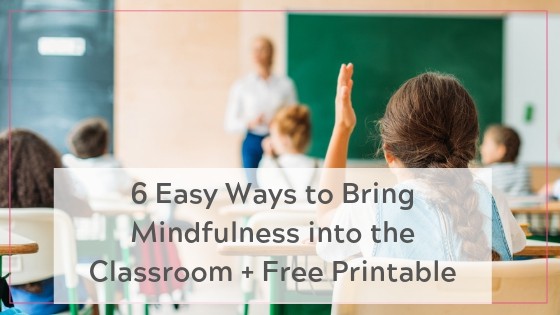
Are you looking for ways to slow down the busyness of your teaching life and calm both you and your class? Mindfulness in the classroom is the answer!
Some days I feel like I run around like a chook with its head chopped off (not a pretty picture) and my mind never stops.
Often I don’t even get to sit down or take time to eat and have a break.
Is your school day like this too?
Well enough is enough!
Time to change things and be more intentional about slowing down and focusing on the present.
To help make a change, my research has brought me to the practice of Mindfulness.
The more I read about Mindfulness, the more I realise this is what all teachers need, to help to slow down and reduce the amount of stress everyone is experiencing.
A way to deliberately halt the burnout that is happening!
What is Mindfulness?
According to The Mindful Teacher Foundation, Mindfulness, at its simplest, “is a practice that intentionally focuses on our sensory experiences as it unfolds moment by moment.”
This means that you intentionally choose to stop yourself from falling into autopilot mode and missing your own life.
To do this you need to be more mindful and become aware of your surroundings, enjoy the life you’re leading and listen to what your body is telling you.
So important for all busy teachers.
But how do you do this Mindfulness thing?
Mindfulness is explained as being a skill that can be “taught, learned, practised and developed.”
Awesome! Have a look at this short video from Dr Craig Hassed, (4 mins) as he explains how Mindfulness works.
Why is mindfulness helpful for teachers?
The Mindful Teacher Foundation says that the practice of Mindfulness can be a powerful tool for both teachers and students to help regulate the response to stress and other emotional challenges.
It’s suggested that Mindfulness needs to be done “with an attitude of openness, curiosity, and compassion toward what is arising in the present, whether pleasant or unpleasant.”
The Foundation believes that there are still many questions about how mindfulness works and how best to measure its effects. But current research suggests that practising mindfulness on a regular basis could benefit teachers in the following areas:
- Stress reduction
- Health and immune function
- Focus and attention
- Handling difficult emotions
- Care for self and others
Teaching is stressful, and as members of a service profession, many of us often put the needs of others before our own.
The problem with this is over time is it can lead to burnout and depression.
Take heart, my friend. The wonderful news is that by taking time to practice and develop the qualities of mindfulness it can help you as a teacher to renew your energy, motivation, and sense of well-being.
What great news!
In addition, the Foundation also believes that Mindfulness can be beneficial for your students too.
Related Article: Mindful Mornings for Teachers: Bring on a Calmer Teaching Day!
Why is Mindfulness helpful for Students?
Given the benefits of mindfulness for everyone, young and old, it is believed that mindfulness training could significantly enhance learning and behaviour in the classroom, (The Mindful Teacher Foundation).
Here are some suggested activities to help focus your mind on the present and be mindful in your own situation.
Easy ways to bring Mindfulness into the classroom for you and your students
Keep these activities in your tool belt so that you can practice mindfulness in the classroom with your students each day.
These following strategies only take a few minutes. They can be used to help everyone focus and as ways to take a pause between subjects or have a brain break.
Do them together or on your own, but don’t forget that mindfulness in the classroom only needs a small amount of time each day.
1. Mindful Deep Breathing
It is known that slow deep breathing used in yoga is a way to focus the mind and the breath.
It helps to bring down the pulse rate and is good for anyone who is feeling overwhelmed, anxious or just needs to slow down and reboot.
Use these slow breathing steps:
- Count up to 4 or 6 while you breathe with the counts
- Hold your breath to the same amount of counts
- breathe out slowly for the same amount of counts
Teach students how to do this type of slow breathing as a way to help minimise the effects of stress and anxiety they might be feeling.
You can do this alone or with the class – a great way to practice mindfulness.
Related Article: A Straight-Forward Tips to Relieve Teacher Stress – You Won’t Believe!
2. Stretching and Body Movement
Make stretching a part of your classroom routine.
Stretching between long stints in chairs is great for you and your students and particularly for children as their bodies are growing. It helps alleviate stiffness and tightness, especially in the upper back, head and neck areas.
As we all spend more and more time in chairs, and students are at their desks longer with reading, writing and any technology work, stretching and body movement is a must to decrease the forward neck posture and tension they might experience.
Add time into the classroom day to you all to stretch and move your body to cope with tension from stress, overwhelm or excessive workload. Your kids will love to see this modelled to them.
3. Music + Go Noodle
I love using music in the classroom for transitions or just to get the students moving – even in the upper grades!
You can use more catchy music while students have a quick tidy up or as a way to have fun as they rotate their desk placement.
Go Noodle is a free online program that encourages movement and mindfulness for kids. It has a variety of short videos which include many strategies to encourage children to move.
Go Noodle is a wonderful way to have fun with your students while getting everyone to move to the dance steps, rap and singing.
It probably suits primary age students the best, but it would also benefit older students in grades 7 and 8.
I love this program as it helps boost productivity, improve behaviour and helps build community, for students’ growing bodies.
N.B. Join in with your class and gain the benefits of this movement in your day, as well help your own mindfulness.
In addition to this more upbeat movement program, playing quiet, slower music in other learning situations will help them with relaxation and bring an overall calmness to the classroom when it’s needed.
4. Brain Breaks
Brain breaks are a simple technique where young kids are given short mental breaks at regular intervals.
UNICEF Kid Power states that the benefits of using brain breaks include helping kids to be calmer, remaining focused while stimulating physical activity.
Some of the suggested activities for brain breaks include:
- Rub your head and pat your tummy (this is one of my favourites)
- Dance off – Go Noodle for be great for this!
- Crab walk
- Hop on one foot
- jumping jacks
- Simon Says
- Toe Touches and stretches
See this article for more activities.
5. Do a body scan
A body scan is very easy and is a way to help students with their focus and also help with relaxation.
A body scan involves standing still and concentrating your thoughts on each part of your body, moving from top to bottom or in reverse.
As you stand, think about your toes or your feet. Ask yourself how do they feel. Start to wiggle your toes. Then move up to maybe your calves and ask the same question. Continue moving to each part of your body, thinking about how they feel and slowly starting to move each part.
See this article for full details for a beginner body scan.
6. Switch off from devices
This is an important tip for all teachers and students to remember in this hyper-connected world we live in.
The problem with our society is the easy access to technology and our inability to switch off from it. Our addiction to devices is increasing and it’s becoming harder and harder to live without them.
Every minute of our day is spent doing something on our device. I’m sure you’ve noticed how everyone now has their phones in their hands. All. The. Time.
This, therefore, doesn’t allow us time to rest and focus on what is happening around us.
Not having the mental rest we all need is detrimental to our health and wellbeing and doesn’t allow for mindfulness.
As a mindfulness technique, take some time to switch off – no matter how hard it might be to be without your phone, laptop, TV, Ipad or whatever else you own. It’s great to model this to your students and your own children too.
The last word on Mindfulness in the Classroom
I hope you have enjoyed these tips to help you incorporate some mindfulness into your day in the classroom and reap the benefits of slowing down and focusing on your life and the beauty around you.
If you are interested in a related topic, read my post that discusses what the experts are saying about the need for an electronic shutdown to help improve our sleep.
Related Article: How to Improve Teacher Happiness in Difficult Times
Check out the free printable Mindfulness printable poster here:
Read additional quick tips to bring mindfulness in the classroom:
References and Additional Articles
- Mindful Schools
- Unicef Kid Power – Brain Breaks for Kids
- Go Noodle
- We Are Teachers – Mindfulness for Teachers Guide
- Smiling Mind – Mindfulness in Education
Guided Meditation & Mindfulness Apps:
PIN FOR LATER TO YOUR FAVOURITE BOARD!
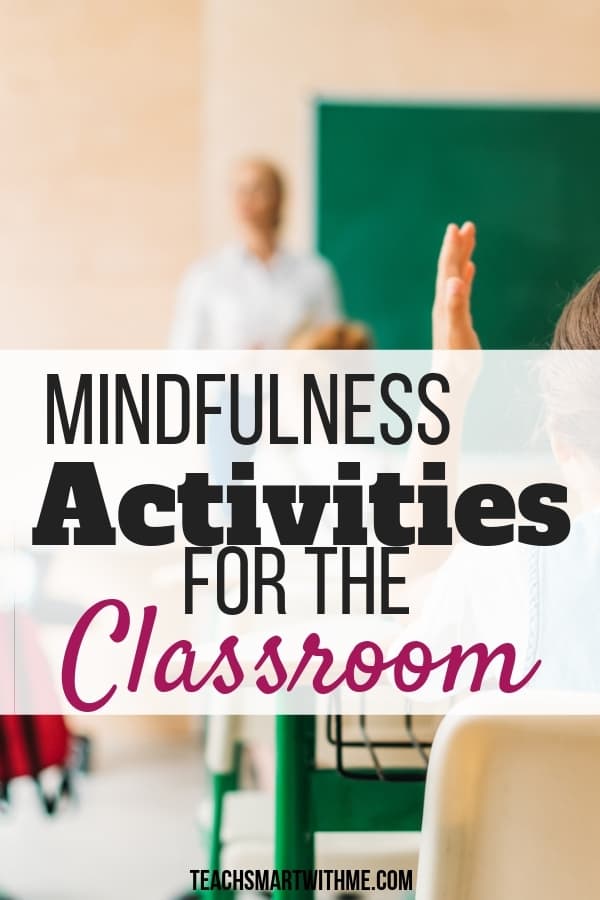
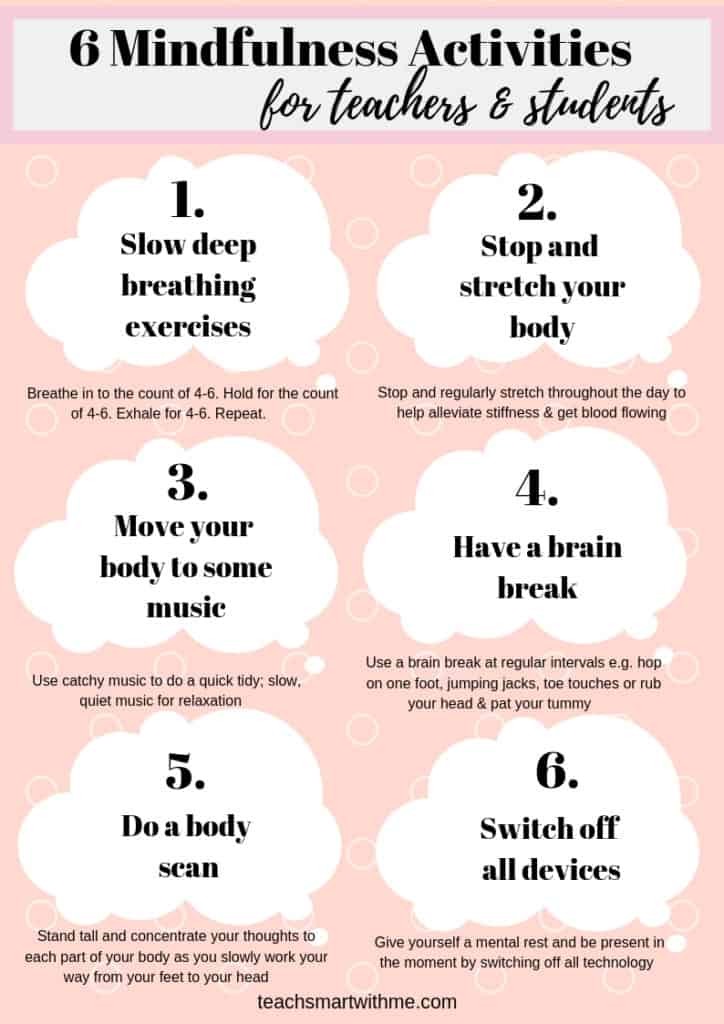
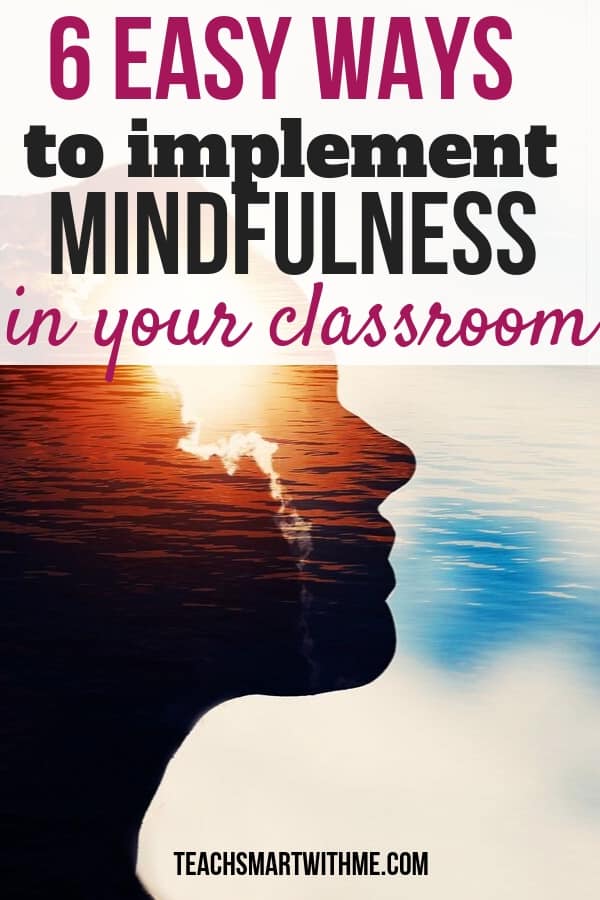
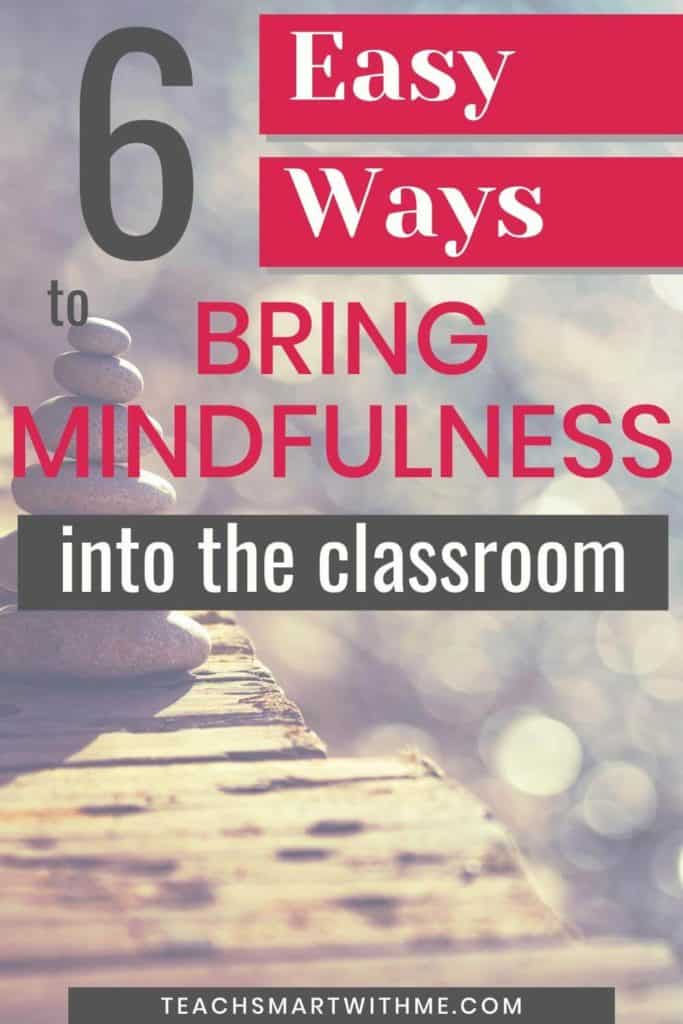
Remember you are worth it!
Michelle xx
OTHER ARTICLES OF INTEREST
- 9 Quick Wins to Boost Teacher Energy, Naturally
- The Top 10 Things You Shouldn’t Say to a Teacher [To their face, anyway!]
- 3 Empowering Mindset Shifts for Teachers [That Will Change Your Life]
- Exposing 12 Self Care Myths: Important for Teachers to Know
- 6 Important Lessons I Learned from Teacher Burnout
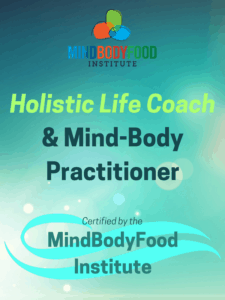

Leave a Reply